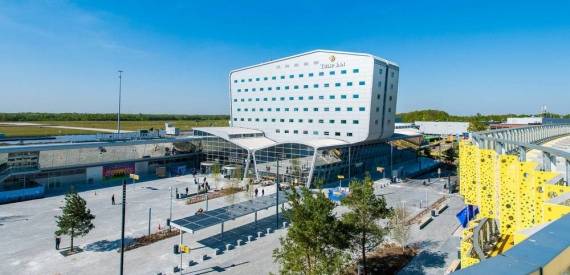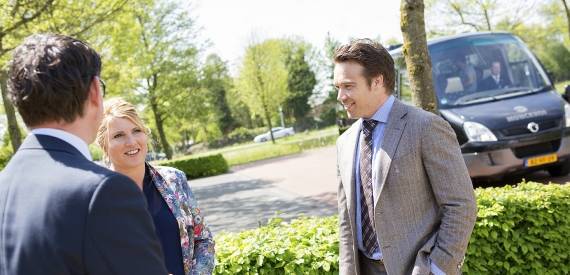Separate transport flows outdated
Traditionally, children are transported separately from the elderly and persons with disabilities. In some cases, this separation makes sense, as transporting special needs children and seniors with Alzheimer's disease along the same route is not the best decision. In short: not all combinations are possible. But how much of this comes down to logic and how much comes down to cold feet? Total transport budgets are being cut, but taxi companies are nevertheless expected to offer the highest possible quality at the lowest possible rates. This makes the current separation of transport flows totally outdated, in my opinion.
Multi-generational housing
To continue to offer high-quality transport to various target groups in the future, it's important to facilitate the development of new forms of transport. A good example of this is planning transport sequentially, with flexible pick-up and drop-off times. Combining transport flows is another interesting option that can be seen as a logical extension of developments in other areas. Take multi-generational housing as an example, where child care is combined with elderly care.
Why can't the same apply to transport?
Multi-generational houses are a great success in Germany, and the Netherlands is also jumping on board with several local initiatives. The success of these houses is their ability to achieve substantial cost savings for the institutions and promote positive interaction between the generations. If this works, why are the children and the elderly being transported in different buses on the way home? Combining transport flows is not necessarily a bad thing. In fact, it can be an extremely positive development if it is properly organized.





